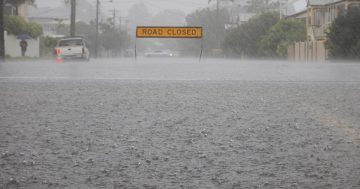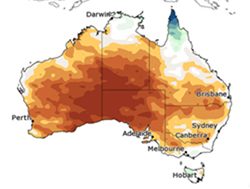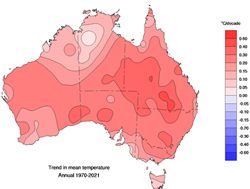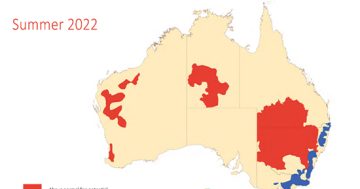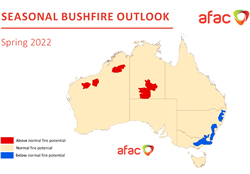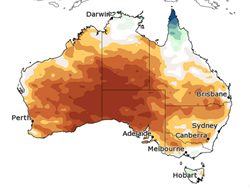 The Commonwealth Scientific and Industrial Research Organisation (CSIRO) and the Bureau of Meteorology (BoM) have released a report detailing the continued warming of Australia’s climate.
The Commonwealth Scientific and Industrial Research Organisation (CSIRO) and the Bureau of Meteorology (BoM) have released a report detailing the continued warming of Australia’s climate.
In their report, the two Agencies predict an increase in extreme fire weather, longer lengths of fire seasons, declining rainfall in the southeast and southwest of the continent, and rising sea levels.
Director of the Climate Science Centre at CSIRO, Jaci Brown said the State of the Climate 2020 report drew on the latest climate observations, analyses and projections and provided a comprehensive, scientifically rigorous analysis of Australia’s changing climate.
“Our science clearly shows that, due to increasing greenhouse gases, such as carbon dioxide, in the atmosphere, Australia’s climate is continuing to warm, and the frequency of extreme events such as bushfires, droughts, and marine heatwaves is growing,” Dr Brown said.
Manager of Climate Environmental Prediction Services at BoM, Karl Braganza said the report found the warming trend in Australia was contributing to increases in extreme fire weather and the length of the fire season.
“There has been a significant increase in the frequency of dangerous fire weather days across Australia, particularly during spring and summer, leading to an earlier start to the southern fire season,” Dr Braganza said.
“Climate change is influencing these trends through its impact on temperature, rainfall, and relative humidity, and the resulting change to the fuel moisture content,” he said.
Dr Braganza said Australia’s changing rainfall pattern was another key observation documented in the report, with contrasting trends being observed across the north and south of the country.
“In the southwest and southeast of Australia we are seeing drier conditions, particularly in the cool season months of April to October,” he said.
“In southwest Australia, for example, cool season rainfall has decreased by around 16 per cent since 1970.”
He said that in contrast, rainfall had increased across most of northern Australia since the 1970s.
Dr Braganza said the oceans around Australia were also affected by climate change, leading to significant impacts on marine ecosystems with surface waters acidifying, and the frequency, intensity and duration of marine heatwaves increasing.
He said COVID-19 lockdowns and economic downturn helped reduce global emissions in 2020 but it had not been enough to make a discernible impact on carbon dioxide levels in the atmosphere.
The State of the Climate 2020 is the sixth report in a series published biennially by BoM and the CSIRO.
The latest 24-page climate report can be downloaded at this PS News link.




